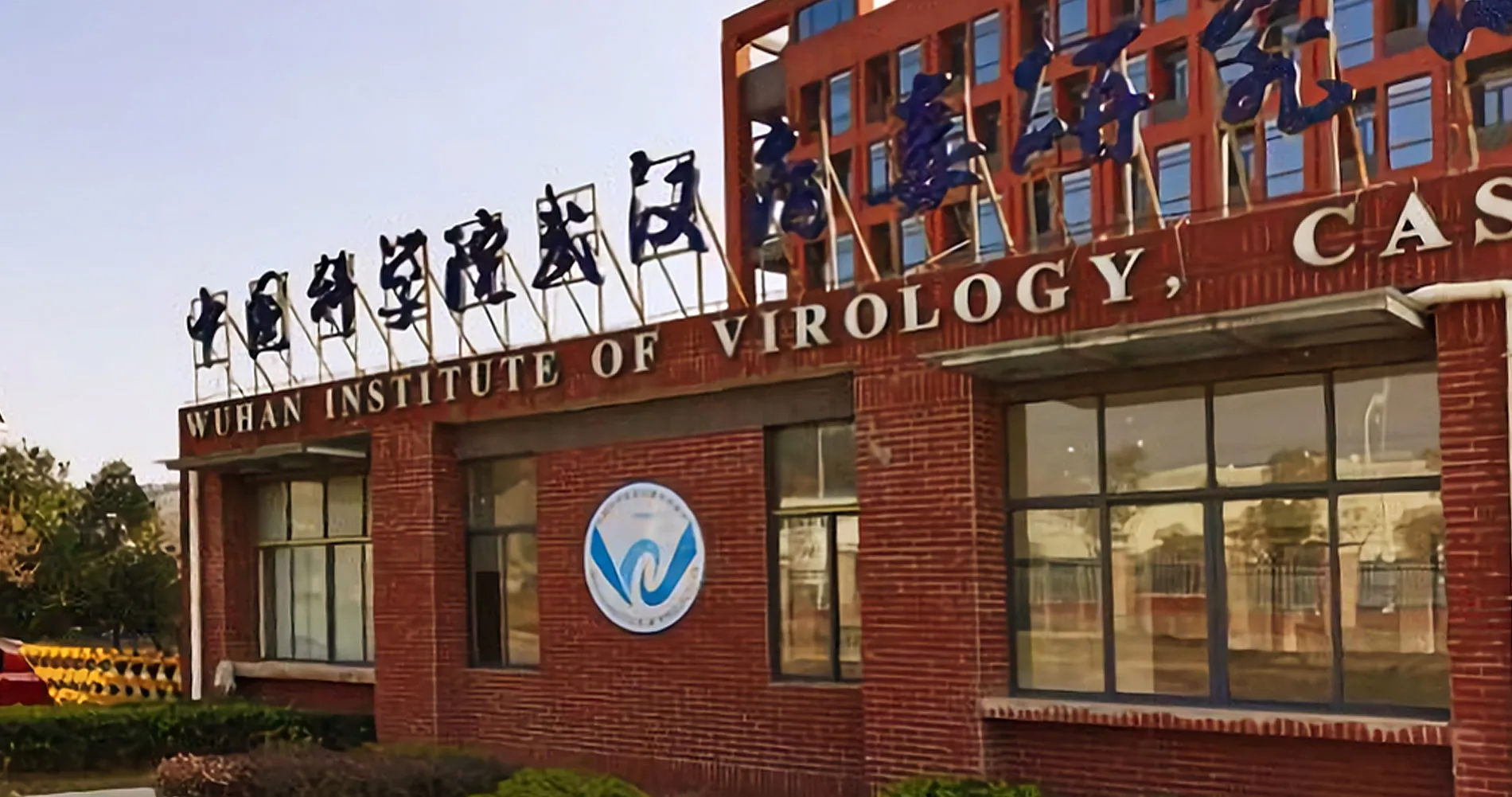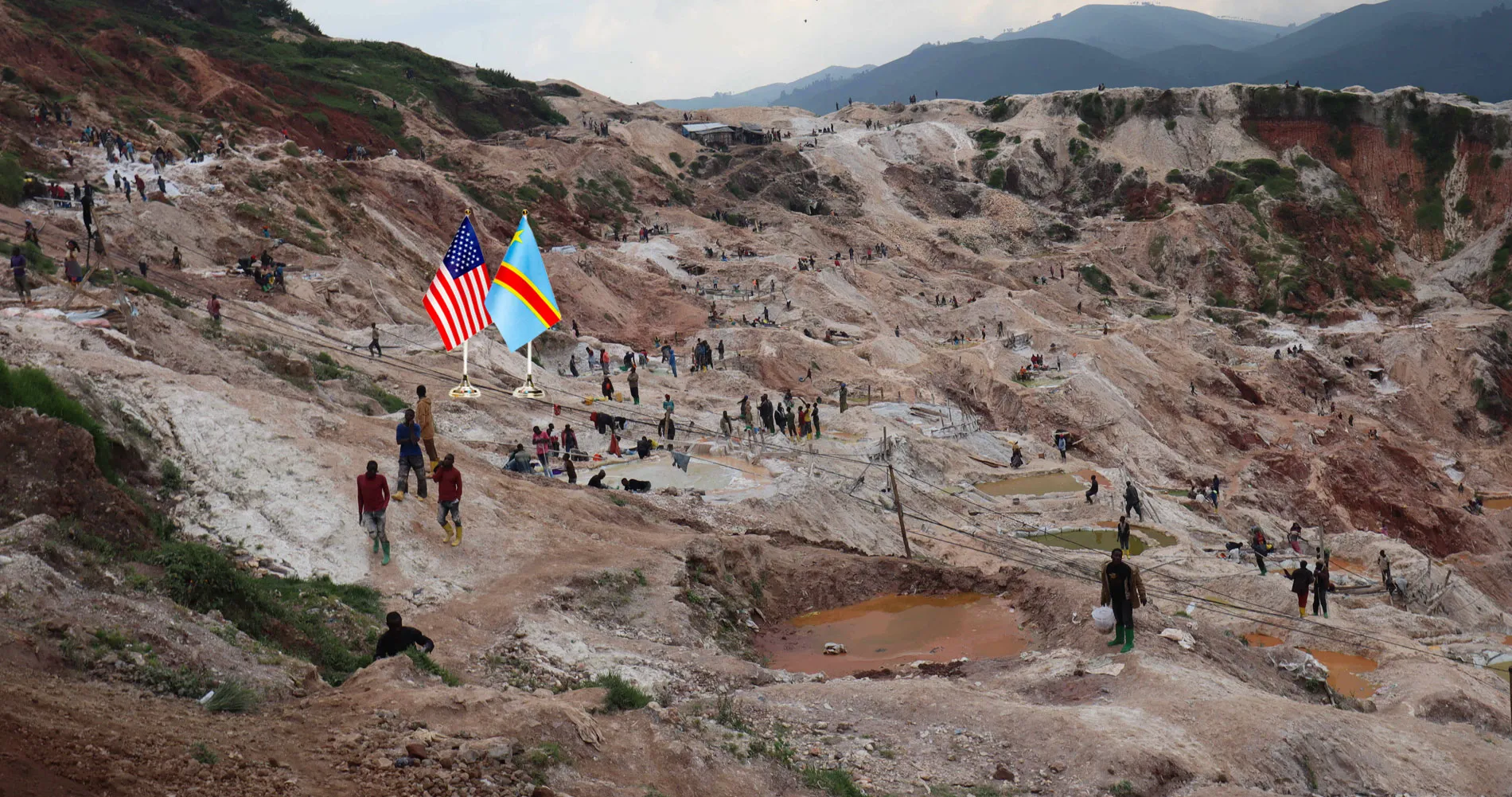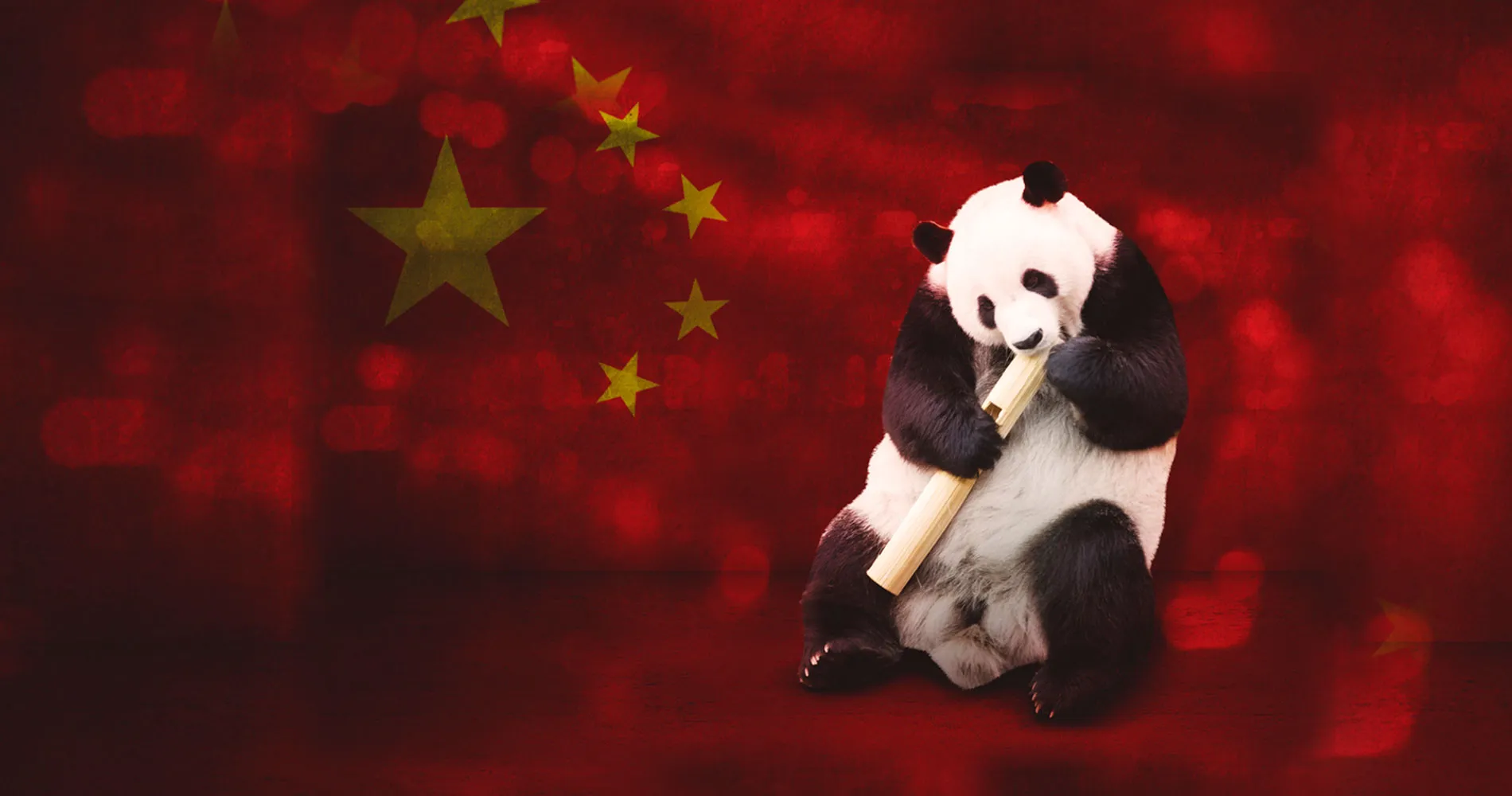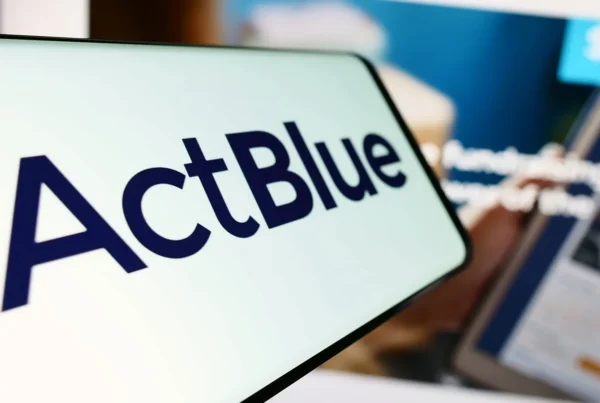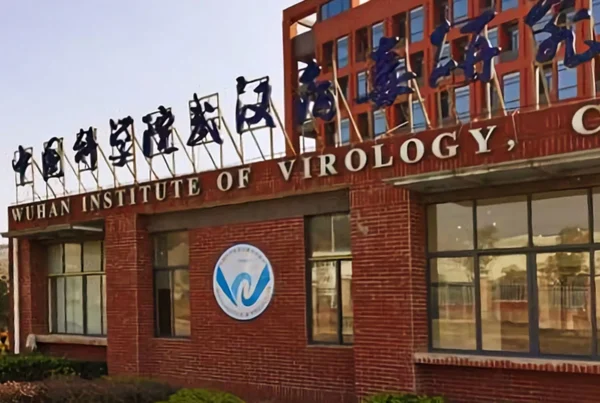China challenges the West as to who could build more schools, hospitals, and sports stadiums for ordinary people in low-income countries.
Michael Asiedu, 13 December 2023
Arabic version | Chinese version | Spanish version
The third Belt and Road Forum for International Cooperation (BRFIC) was held in Beijing, China, on 17-18 October 2023. This is an international political and economic forum of the Belt and Road Initiative (BRI), a global infrastructure development strategy launched by China in 2013. In his speech to open the forum, President Xi Jinping highlighted the difference in China’s approach to global development particularly in the “developing world”, referring to mainly countries in the so-called global south. He indicated that “ideological confrontation, geopolitical rivalry and bloc politics were not a choice for Beijing”. While no country names were mentioned, analysts agreed that his targets were Washington and top European capitals such as Paris.
Wang Yi, China’s Foreign Minister, also took a bold stance in terms of who he felt could more effectively build large infrastructure projects across the developing world, the west or China. Inevitably, he backed his own country.
Senior-level attendance at this year’s Forum was down despite being the first BRFIC in four years, as well as the BRI’s tenth anniversary. Only 23 heads of state attended. The 2017 BRFIC was attended by 30 heads of state, including China’s Xi Jinping, with the number rising to 37 in 2019.
African leaders such as Kenyan President William Ruto, Congolese President Denis Sassou N’Guesso and Ethiopia’s Abiy Ahmed were in attendance as well as new face, Nigerian Vice President Kashim Shettima. According to the Africanews some 130 leaders from across the “developing world” attended, including the UN Secretary-General.
The BRI extends from the Eurasian continent to Africa and Latin America. It is the largest, multilateral development program championed by an individual country, with USD 1 trillion already spent. Deemed the signature policy of President Xi, the BRI has enabled Chinese companies to construct infrastructure projects such as ports, roads, and power plants throughout countries participating in the initiative, to foster trade and economic growth. According to China’s State Council on Information, in Africa alone the BRI has facilitated construction of over 12 000 km of railways and roads, 20 ports and more than 80 large-scale power facilities. A World Bank report states that BRI has contributed globally to lifting 7.6 million people out of extreme poverty and 32 million from moderate poverty.
Commenting on the BRI, Professor Humphrey P. B. Moshi, director of the Center for Chinese Studies at the University of Dar es Salaam in Tanzania, said countries who have fully embraced the BRI had reaped substantial benefits. As an example, he cited the steady economic growth via rising industrialization that his own country has enjoyed since joining the BRI in 2018. Around 60 percent of Chinese investments in Tanzania are in the manufacturing sector.
A main critique of the BRI has been the accumulating of huge debts by “developing countries” with consequent rising economic dependency on Beijing. For instance, in Africa, Kenyan President Ruto has requested a USD 1 billion loan along with a debt repayment restructuring plan from Beijing. Zambia and Ghana are two other African countries who have recently had their debt repayments with China restructured. Ethiopian authorities also stated in August that Beijing had allowed the country to suspend its debt payments until 7 July 2024.
Analysts continue to scrutinize the achievements of the BRI, questioning whether the BRI will be sustainable in the future. While China has demonstrated it is able to deliver on large infrastructure projects, a concern lingers as to whether the costs so far of USD 1 trillion has been money well spent. China has had to restructure BRI loans, extend deadlines, and release a further USD 240bn to help borrowers repay their debts on time. Instead of ending such debt-financed projects, these BRI projects will continue and the debts to China increase, a situation known as “debt-trap diplomacy”.
Filter
Responding to this, Mushahid Hussain Sayed, Chair of Pakistan’s Senate Defence Committee, highlighted the difference between the investment approaches of the West and China regarding global development. According to a Financial Times article and his interview in the China News Network, Mushahid said “the Americans have spent USD6 trillion on the so-called war on terror while the Chinese had spent USD1 trillion on 3000 projects all over the world”. He added that while “the Americans were security-centric and military-oriented, the Chinese have been economic centric and development oriented”.
In his recent G20 address, Rwandan President Paul Kagame called for the West to not force Africa to choose sides on global issues and with whom they partner on development issues. President Kagame insists however that “what Africa wants to see is peace and development and not pay the price for ideological battles orchestrated by western powers”. This claim seems to have been echoed by Xi, indicating China stands “against unilateral sanctions, economic coercion and decoupling, and supply chain disruption”.
Speaking further on China’s approach to global development, Wang Yi challenged other instruments such as the European Union’s Global Gateway Programme and United States Partnerships for Global Infrastructure regarding who could deliver more. He suggested that “maybe we could have a competition globally about who can build more roads, railways, and bridges for developing countries, who can build more schools, hospitals, and sports stadiums for ordinary people in low-income countries” and added “We have confidence that we are able to deliver”.
On whether the BRI would still be relevant in the coming years, President Xi has pledged to invest USD 100 billion in further BRI projects. Xi said he took inspiration from pioneers of the ancient silk road who championed the spirit of peace and cooperation at the heart of their trade and development. He said there was no “history as conquerors with warships, guns, horses or swords”. Analysts agree this remark was pointed towards the west. Xi said they aimed to be friendly emissaries and pointed out that “when you give roses to others, their fragrance lingers on your hand”. Helping others is also helping oneself.
The BRI is set to enter even more uncharted territory in terms of investment in areas such as institutional building, scientific and technological exchanges, areas considered the strengths of the West. These are interwoven in Xi’s three-pronged global initiatives approach on development, security, and civilization.
China has already pledged to host an annual Global Digital Trade Expo. China also intends to continue the Belt and Road Science Technology and Innovation Action Plan with a commitment to put forward the Global Initiative for Artificial Intelligence (AI) Governance. According to Xi, this will ensure a “sound, orderly and secure AI development in the world”. On the cultural front, China aims to host the Liangzhu Forum to enhance dialogue on civilizations with partner countries. This will be in line with already functioning programs, the Silk Road International League of Theaters, Silk Road International Arts Festival, among others.
This three-pronged approach presents a bold alternative to challenge the US-led system in place since the end of the World War II, according to Professor Chen Yonjun of Renmin University and Jacob Gunter, Senior analyst at the Mercator Institute of China Studies. Be that as it may, even as Xi encourages new and creative approaches to the BRI in his new “xiao er mei” strategy which translates into “small and beautiful”, the question remains as to who can build more infrastructure projects that are badly needed to spearhead sustainable development across the developing world, the West or China.





